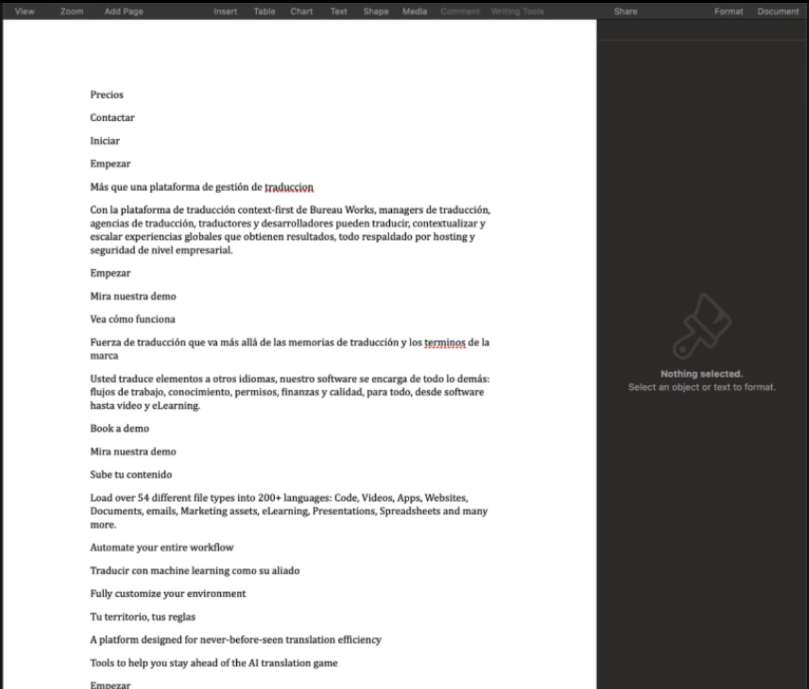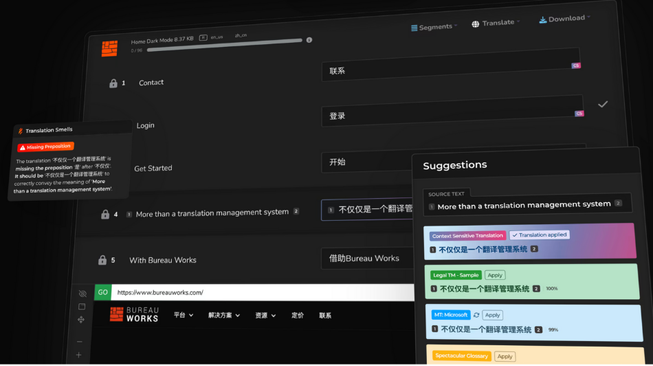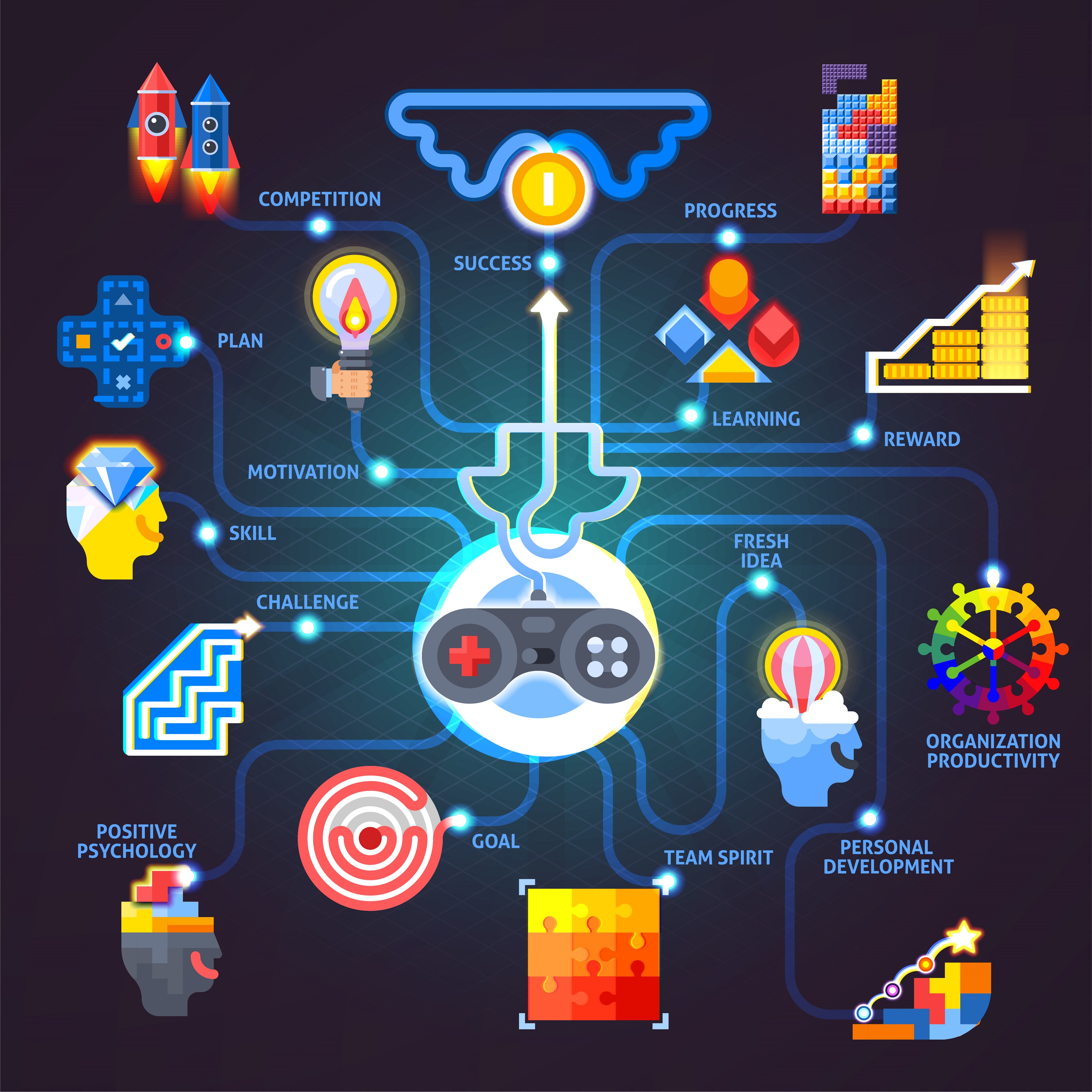Can GPT-5 really take over the job of a Translation Management System (TMS)? That’s the question Gabriel Fairman set out to answer.
By running the exact same file through GPT-5 and Bureau Works, he tested how each one performs in a real translation scenario.
The results may surprise you.
GPT-5 Looks Good at First… But Fails Fast
At first glance, GPT-5 seemed to be up to the task. Gabriel uploaded:
- A .docx file to be translated
- A translation memory for consistency
- A glossary to keep key terms accurate
GPT-5 processed the inputs and gave back a file.
It looked fine until Gabriel checked more closely.
“I saw a typo right away. Then I noticed hallucinations, things being added that weren’t in the original. And pretty quickly, the whole output felt unreliable.” he explained.
GPT’s biggest problem? It loses track of instructions when the scenario gets more complex.
Even simple changes, like keeping “Project Manager” in English, were ignored or misapplied.
For agencies and freelancers, that means wasted time fixing mistakes that shouldn’t have been there in the first place.
Bureau Works Puts Translation on “Rails”
Next, Gabriel ran the same test with Bureau Works.
He uploaded the same file, glossary, and translation memory. But this time, the process was different.
Bureau Works parsed the file, segmented the text, and applied context-sensitive translation using its Retrieval-Augmented Generation (RAG) framework.
The difference was clear:
- Typos were fixed
- Glossary terms were respected
- Sentences were consistently translated into Spanish
- Formatting, fonts, and line breaks were preserved
“Notice that here ‘traducción’ is spelled correctly, with the right accent, not only that, the semantic agent even flagged that it should be plural, since we were talking about ‘sistemas de traducción.’” Gabriel pointed out.
Instead of guessing, Bureau Works used rules, memories, and glossaries to guide the model, keeping GPT-5 on track.

The Hidden Challenge: Edits
Translation doesn’t end with the first output. Every freelancer and agency knows that editing is inevitable.
Contracts get revised, marketing copy gets fine-tuned, and terminology gets updated.
This is where GPT-5 completely breaks down.
“If you make a change in GPT-5, how do you tell it that this change should be remembered for the next time?” Gabriel asked. “That’s where things fall off the rails.”
With Bureau Works, every edit is stored in the translation memory and glossary.
That means future projects automatically pick up those changes. No need to retrain or remind the system.
Why Agencies and Freelancers Should Care
For agencies, reliability and scalability are everything.
One mistranslated word in a legal contract can have serious consequences. One forgotten edit can cost a client’s trust.
For freelancers, consistency is key to building long-term relationships.
Re-translating the same sentence over and over is not only frustrating but also unpaid work.
Bureau Works solves both problems:
- Edits are remembered automatically
- Context is applied intelligently
- Hallucinations are prevented
- Style guides can be adjusted on the fly
As Gabriel summed it up:
“My point isn’t to criticize GPT-5. It’s to show that without the right framework, a large language model isn’t enough. Bureau Works gives it the structure it needs to actually work for translation.”

The Takeaway
The test is clear: GPT-5 alone can’t replace a TMS. It might look good for a quick draft, but it falls apart when accuracy, edits, and long-term consistency matter.
Bureau Works, on the other hand, is designed for translation from the ground up. It manages context, remembers edits, and gives agencies and freelancers a reliable way to scale their work without drowning in rework.
When it comes to translation, GPT-5 is powerful, but without a system like Bureau Works, it’s like driving a train without tracks.
Unlock the power of glocalization with our Translation Management System.
Unlock the power of
with our Translation Management System.




















.png)





.png)